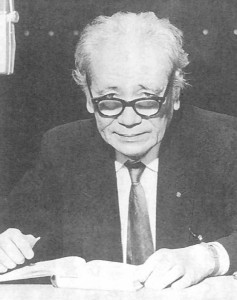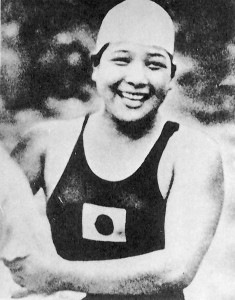The sensational Takarazuka Revue began as The Takarazuka Girl’s Opera in 1914 as a way to attract guests to an up-and-coming tourist destination, and 100 years later continues to entertain the imaginations of audiences from across Japan. One of Takarazuka’s most well-known performances was a Japanese language adaptation of the popular revue show, Mon Paris (吾が巴里よ), which became the first revue in Japan. The Revue was named after the city in which it originated, Takarazuka, in Hyōgo prefecture.

Mon Paris, 「吾が巴里よ」from 「夢を描いて華やかに:宝塚歌劇80年史」.
- Rekion access in OSUL – A series of recordings from the Mon Paris performance are available through the following Rekion identifiers:
- info:ndljp/pid/8269617
- info:ndljp/pid/8269618
- info:ndljp/pid/8269619
- info:ndljp/pid/8269620
- or by searching the keyword: “吾が巴里よ”.
Takarazuka and Osamu Tezuka:
Manga artist Osamu Tezuka (手塚治虫), creator of Astro Boy (鉄腕アトム) grew up in Takarazuka and his work was influenced by the theater group, particularly his manga Princess Knight (リボンの騎士) . After Tezuka’s manga gained notoriety, his stories were then adapted into several Takarazuka musicals. For more information about Tezuka and Takarazuka theater, see Tezuka in English by Ada Palmer.

Rose of Versailles 「ベルサイユのばら」, showing the mutual stylistic influence between Takarazuka and shōjo manga, from 「夢を描いて華やかに:宝塚80年史」.
More information about Takarazuka is available through several resources in the OSU Library catalog. Continue reading







